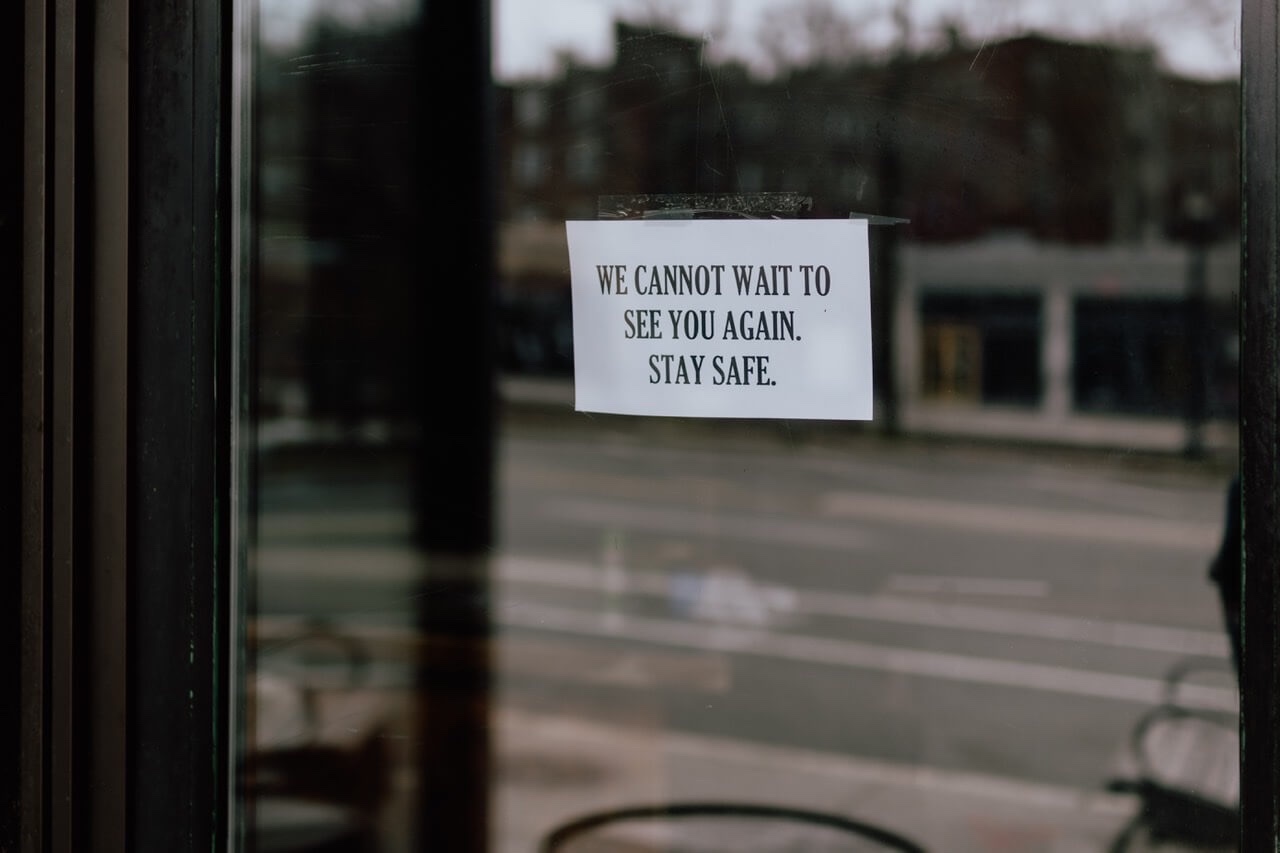How to Address Temporary Restaurant and Bar Closures: 5 Social Media Examples
by David Klemt – 12/1/2020
Repeated restaurant and bar closures have, tragically, become a hallmark of 2020.
Operators have had to learn how to communicate closures to potential indoor guests, as well as delivery and takeout guests.
For most operators, the possibility of closing their doors—temporarily or otherwise—has moved well past “if” territory. At this point, it’s not even a question of when a restaurant or bar will have to close, it’s a matter of when it will happen again.
There are a few reasons a F&B business will have to close due to the Covid-19 outbreak: official mandate, reduced indoor and outdoor dining capacities, and voluntary temporary closures.
Mandated closures are, on the surface, straightforward. Government officials decree that certain types of businesses must close their doors by a specific date and time, and owners are expected to comply.
Closures induced by capacity restrictions are less straightforward. It has become woefully apparent that most lawmakers don’t understand (or don’t care) that at a certain threshold, reducing indoor and outdoor dining capacities is as good as forcing a restaurant or bar to close; the value proposition of remaining open simply isn’t there.
A voluntary temporary closure can come about because of capacity limitations, but they can also be the result of other factors. A significant workforce reduction, lack of traffic, rising costs of goods, or an internal Covid infection.
The stark reality is that the likelihood today’s operators are going to have to craft social media posts and emails announcing temporary (and possibly extended) closures is anything but slim.
Below are four examples of effective closure announcements that bars across America have posted to Instagram recently.
Machine, an upscale cocktail bar and restaurant in Chicago, made the difficult decision to close their doors to in-person dining guests throughout the remainder of 2020. The post addressed the reason for the decision but made it clear that Machine would continue to operate for delivery and curbside pickup orders placed online. Community health and safety was held up as a priority, and though the news was disappointing and no doubt difficult to break, Machine’s post was positive.

Award-winning Chicago cocktail bar Lazy Bird, located in the basement of the Hoxton hotel, was forced to close due to indoor dining restrictions. The post image was short and to the point, with the caption explaining in detail why the bar was closing temporarily. Lazy Bird is part of the Boka Restaurant Group and their post included a call to action for people to support venues within the portfolio that would still be able to offer outdoor dining, delivery and takeout.

Three days ago, award-winning restaurant Compère Lapin announced a temporary closure due to a team member being exposed to Covid-19. Like the Machine post, Compère Lapin’s message explained their decision was based on safety. Similar to Lazy Bird, the restaurant urged guests to visit James Beard Award winner Chef Nina Compton’s other restaurant, Bywater American Bistro (BABs).

In Woburn, Massachusetts, just ten miles northwest of Boston, the Baldwin Bar alerted guests to their temporary closure because a staff member tested positive for Covid-19. The message, like that of Machine’s, was transparent, straightforward, reassuring, and positive overall. Not only did the Baldwin Bar share that the venue was undergoing a deep clean, they named the company tasked with providing the service.

The Baldwin Bar, thankfully, got to post the following message a little more than a day after posting their closure announcement:

Operators who find themselves in the terrible and frightening position of having to announce a temporary closure would do well to follow the examples above. While hope isn’t a viable business strategy, a hopeful tone can help garner support from the community.
Equally important are an emphasis on health, safety and cleanliness so guests feel comfortable placing orders for delivery and takeout, and returning when the doors open once again. As difficult as it may be when faced with closure, focusing on the well-being of the guests can help ensure there are guests lined up upon reopening.
Image: Photo by Kelly Sikkema on Unsplash

